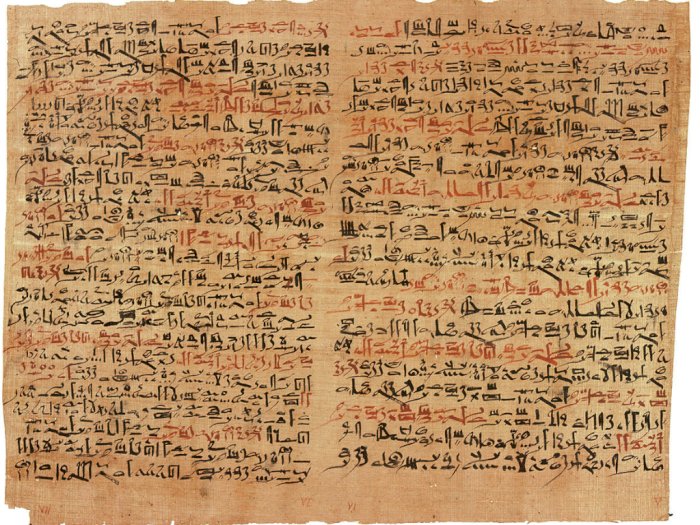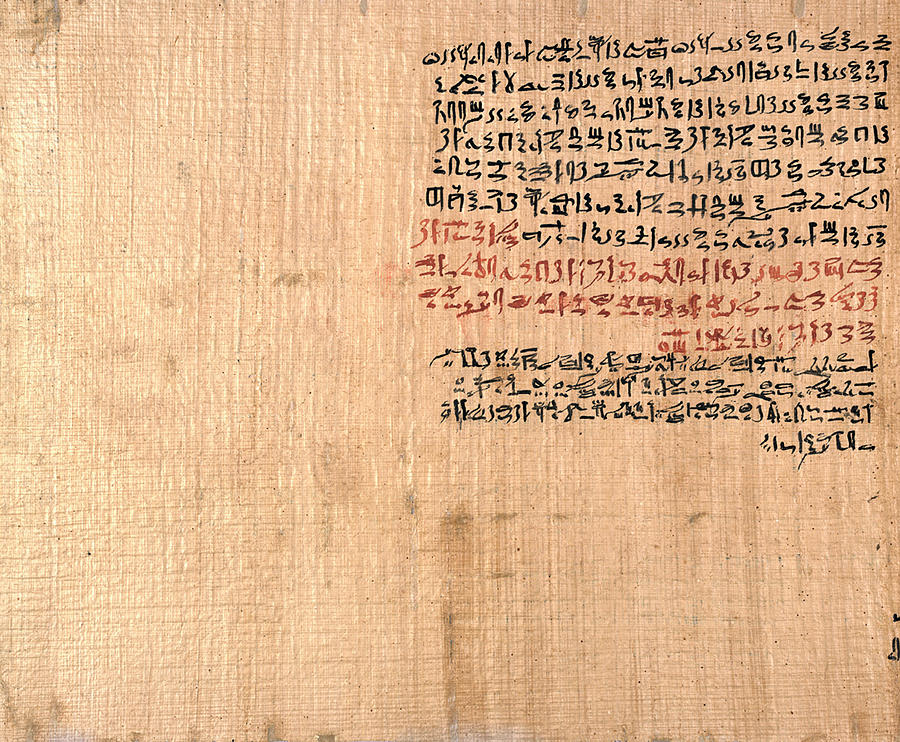

He had copied at least eighteen columns of the venerable treatise and had reached the bottom of a column when, pausing in the middle of a line, in the middle of a sentence, in the middle of a word, he. "The scribe of over 3,500 years ago, to whom we owe our present manuscript, could have had little consciousness of the momentous decision he, or possibly some one for him, was making when he pushed aside the ancient Surgical Treatise, then already a thousand years old, while his own copy was still incomplete. The beginning and end of the original document are missing from the copy, and the name of the author is not present. made many errors some of which he corrected in the margins. The scribe who copied the Edwin Smith Papyrus from the earlier document in the seventeenth century B.C. Significantly, trepanation is not mentioned. There is a definite differentiation between rational surgical treatments and the much less employed medico-magical measures. These cases are typical rather than individual, and each presentation of a case is divided into title, examination, diagnosis, and treatment. It contains 48 systematically arranged case histories, beginning with injuries of the head and proceeding downward to the thorax and spine, where the document unfortunately breaks off. Breasted was then Director of the University of Chicago Oriental Institute, and had been requested by the New York Historical Society to translate the papyrus, which the Society had received in 1906 from Edwin Smith's daughter.Īccording to Breasted, the Edwin Smith Papyrus is a copy of an ancient composite manuscript which contained, in addition to the original author's text (3000-2500 B.C.), a commentary added a few hundred years later in the form of 69 explanatory notes (glosses). Breasted translated the treatise and established its importance. Although Smith recognized the fraud, pieced the two together, and made an attempt at translation, it was not until 1930 that James H. Two months later the same vandals sold him the remaining fragments glued onto a dummy roll. In Luxor, Egypt, in 1862, Smith bought an ancient manuscript roll which lacked some of its outer portions. The Egyptologist who brought this manuscript to light, Edwin Smith, was born in Connecticut in 1822, the year that Egyptian hieroglyphic was first deciphered. Case 31 contains the first description of quadriplegic, urinary incontinence, priapism, and seminal emission following cervical vertebral dislocation. Changes in bodily functions are also described in association with injuries of the cervical spine. Brain injuries are noticed to be associated with changes in the function of other parts of the body, especially the lower limbs, and hemiplegic contractures are described in Case 8. It also contains the first accounts of surgical stitching and of various types of dressings. It is of special interest to the neurosurgeon because it contains the first descriptions of the cranial sutures, the meninges, the external surface of the brain, the cerebrospinal fluid, and the intracranial pulsations. This unfavorable verdict occurring fourteen times in the Edwin Smith Papyrus marks a group of cases (besides one more case) which the surgeon cannot cure and which he is led to discuss by his scientific interest in the phenomena disclosed by his examination."¹.The third verdict, expressed in the words, 'an ailment not to be treated,' is found in no other Egyptian medical treatise. Each case is classified by one of three different verdicts: (1) favorable, (2) uncertain, or (3) unfavorable.The treatment of these injuries is rational and chiefly surgical there is resort to magic in only one case out of the forty-eight cases preserved.The treatise is systematically organized in an arrangement of cases, which begin with injuries of the head and proceed downward through the body, like a modern treatise on anatomy. This surgical treatise consists exclusively of cases, not recipes.

It is therefore the oldest known surgical treatise.

Cases 47 and 48 in the Edwin Smith Surgical Papyrus. Division of Neurosurgery, Duke University Medical Center,įIG.


 0 kommentar(er)
0 kommentar(er)
